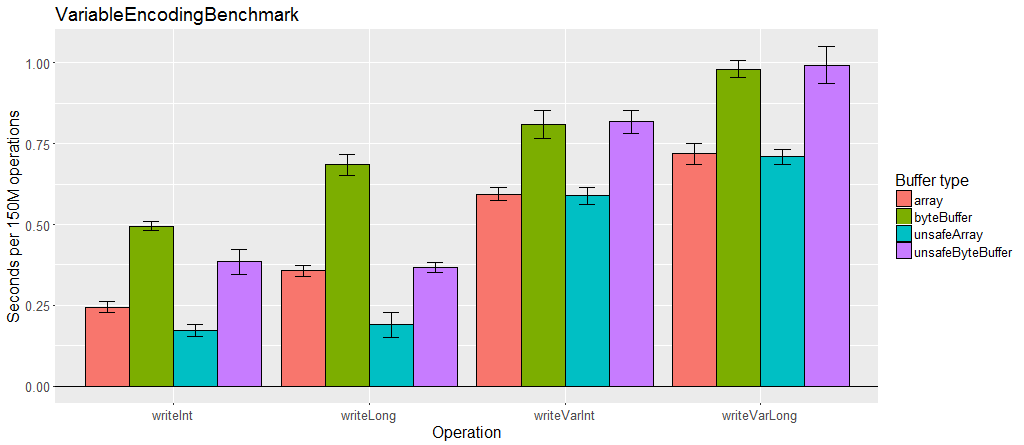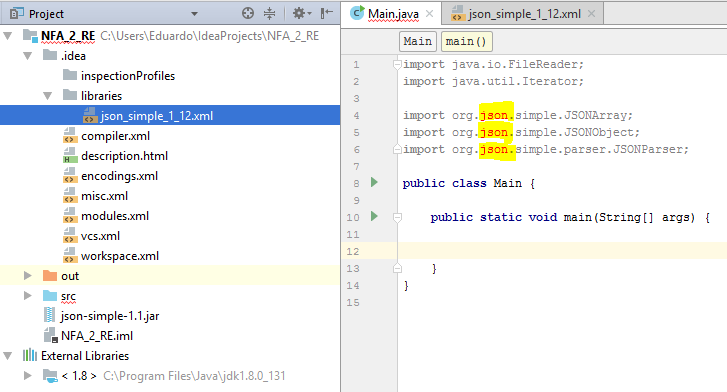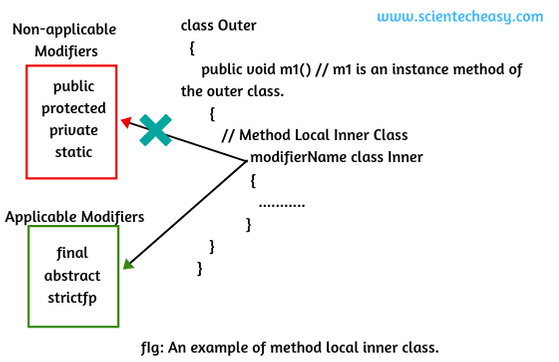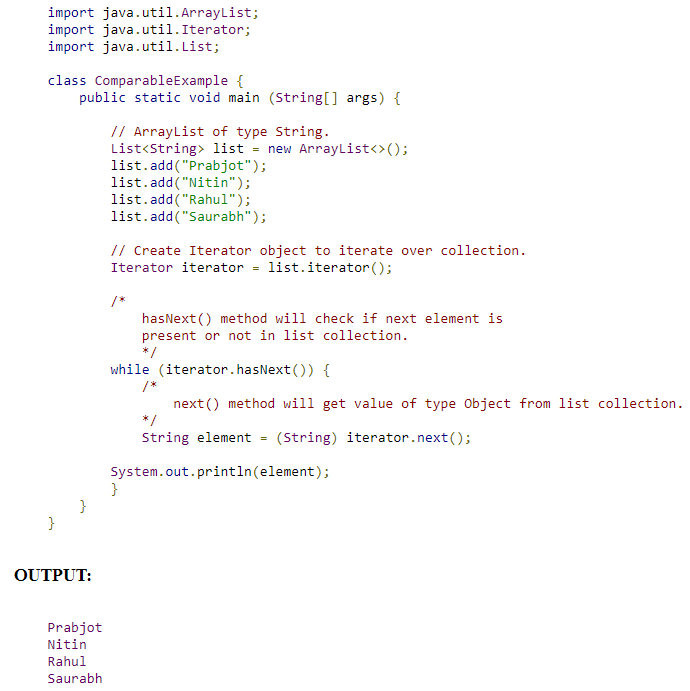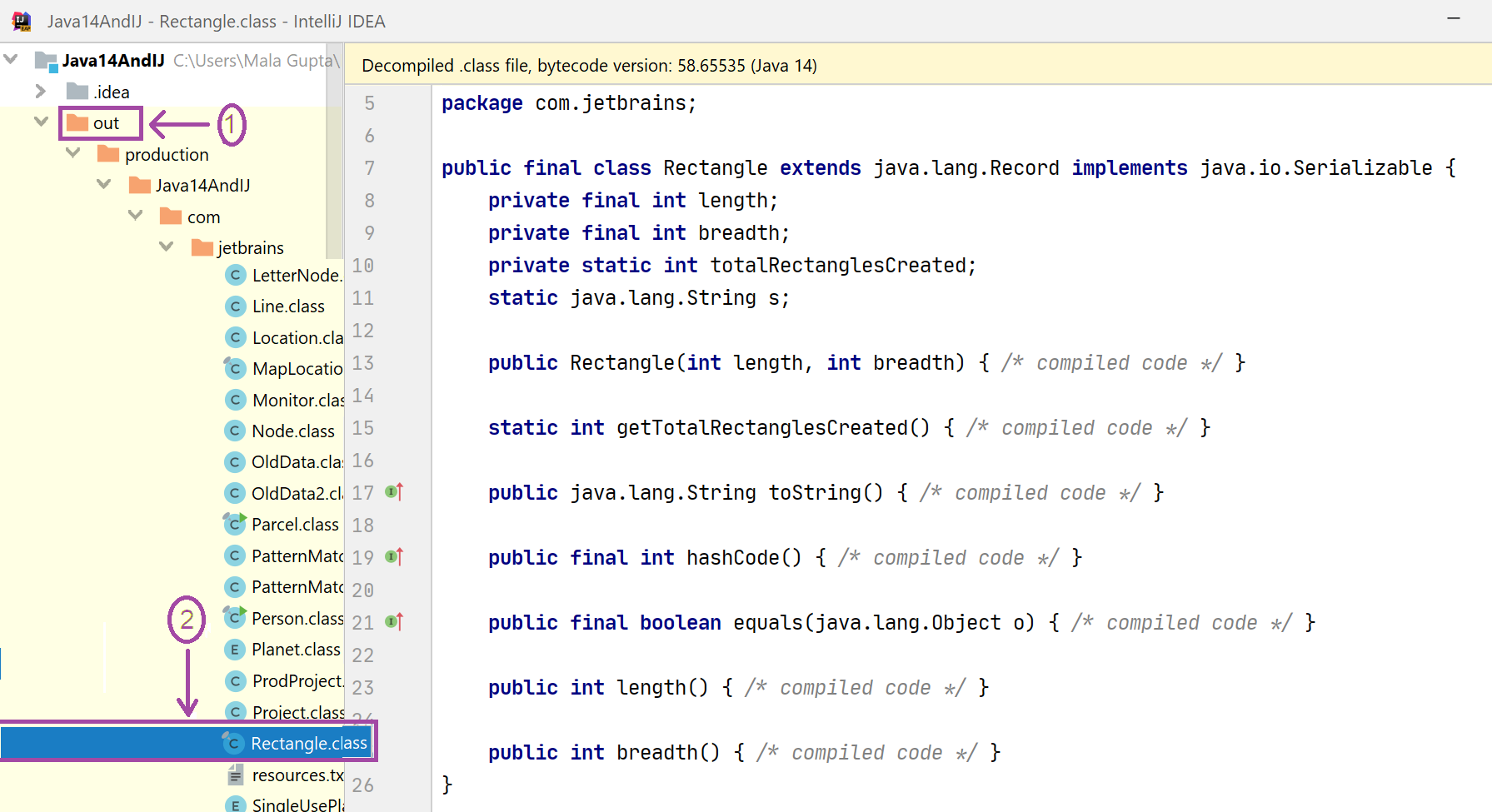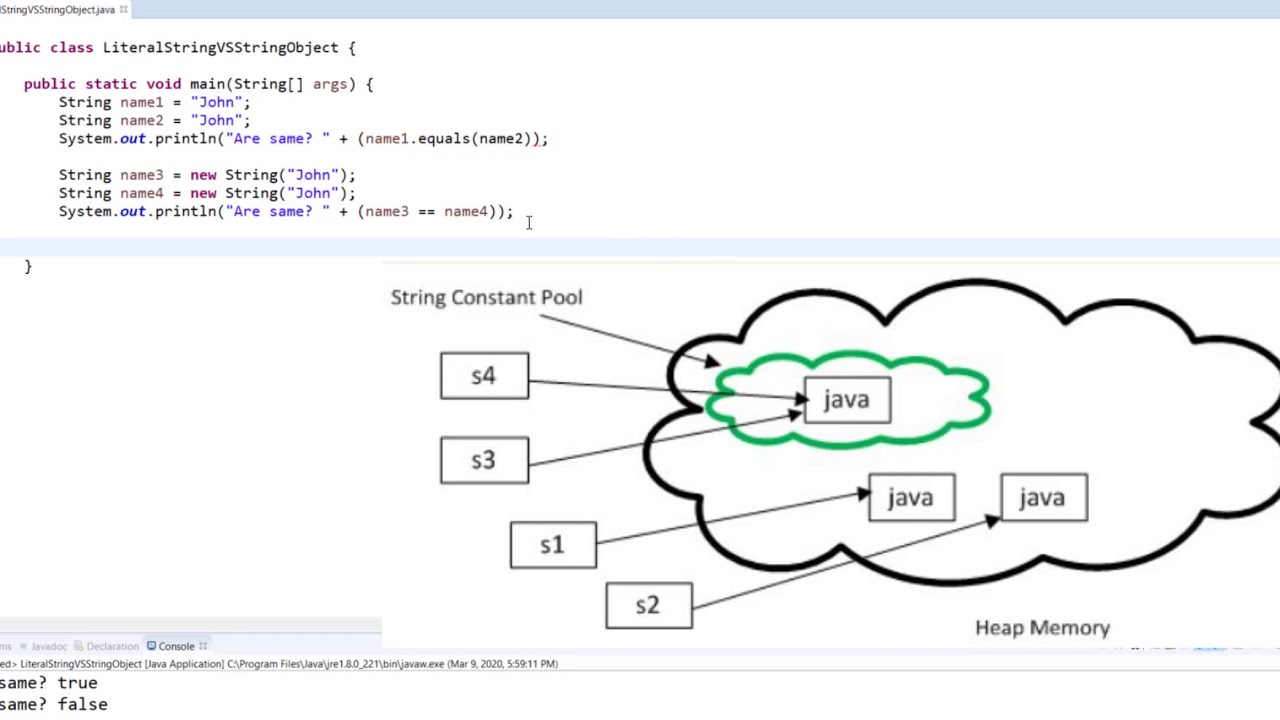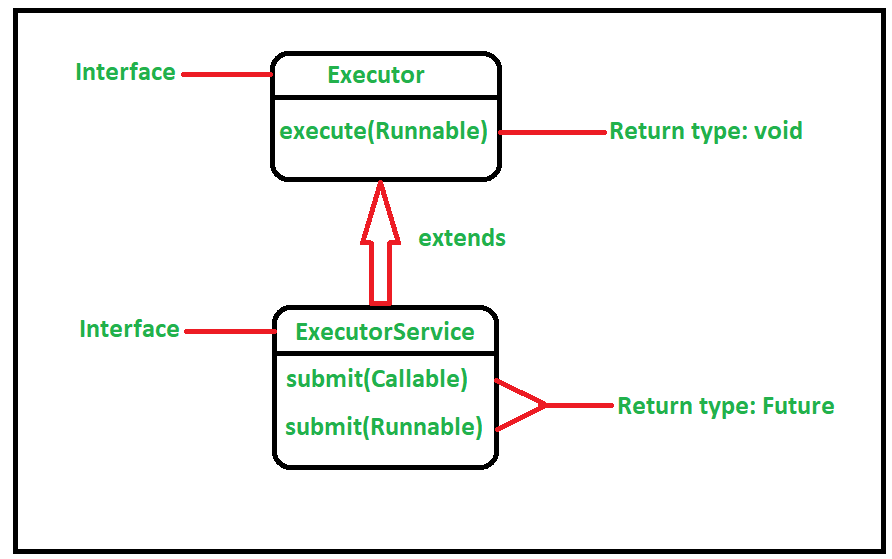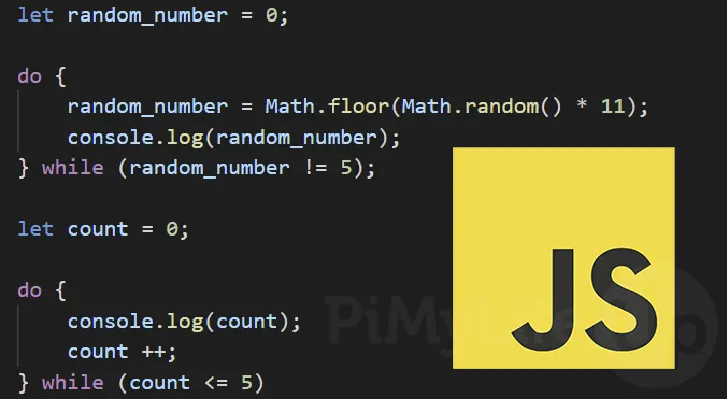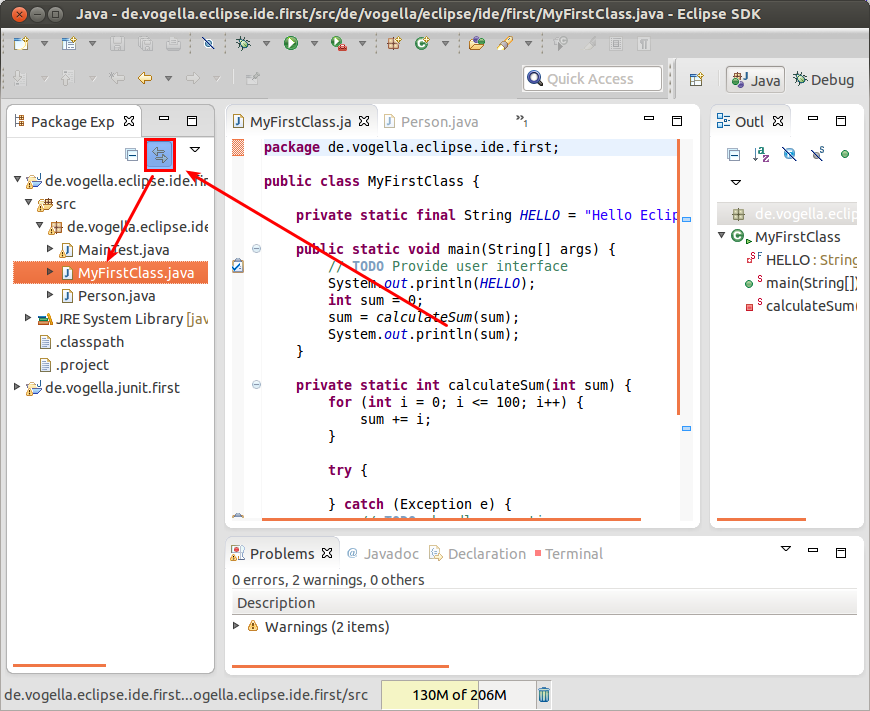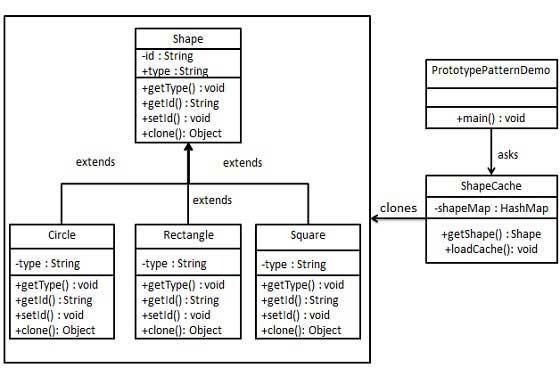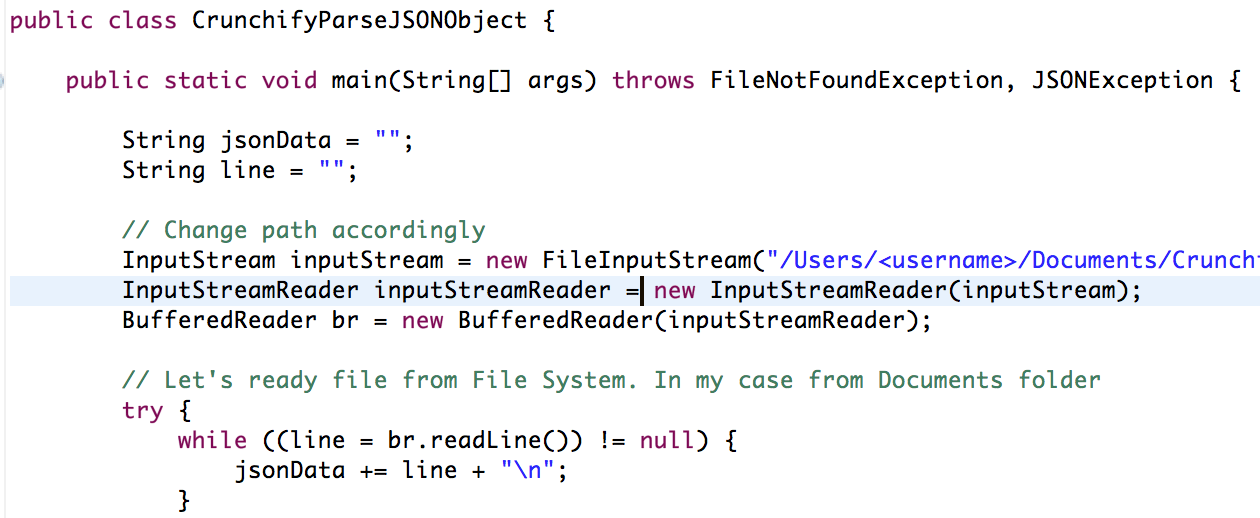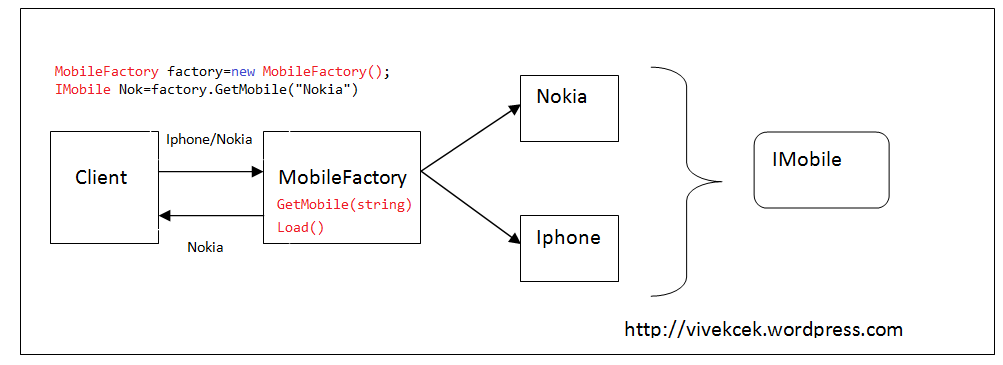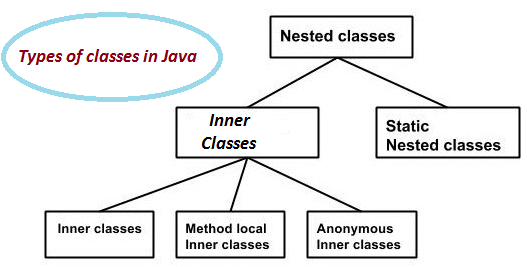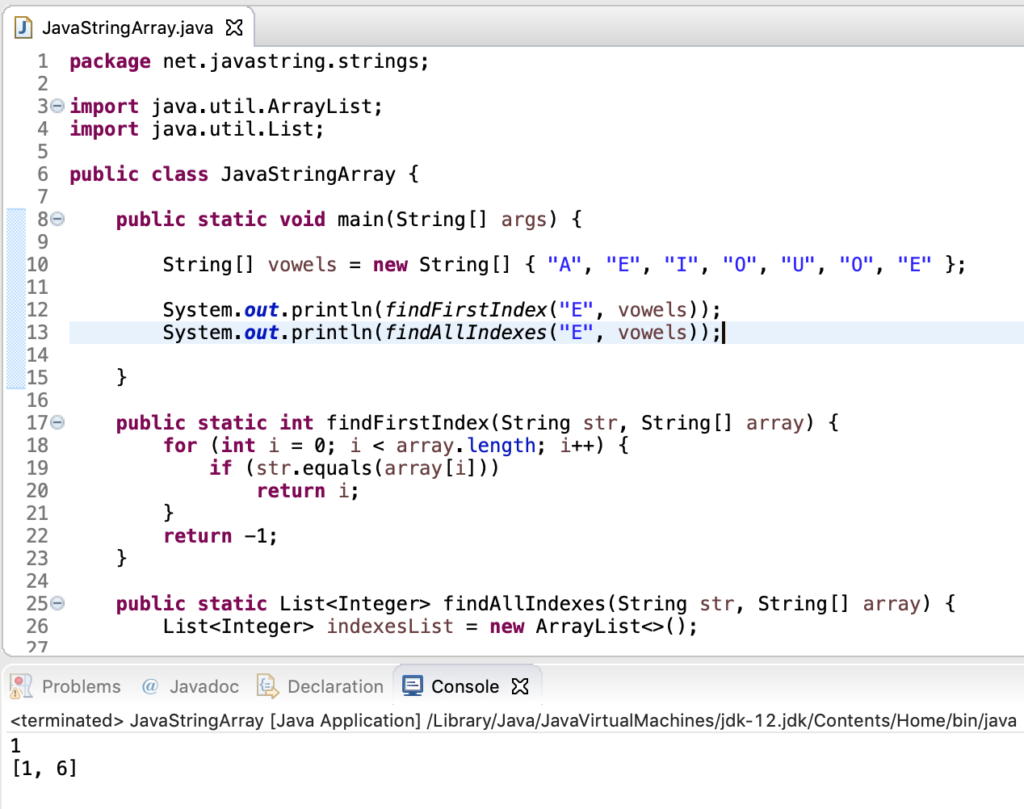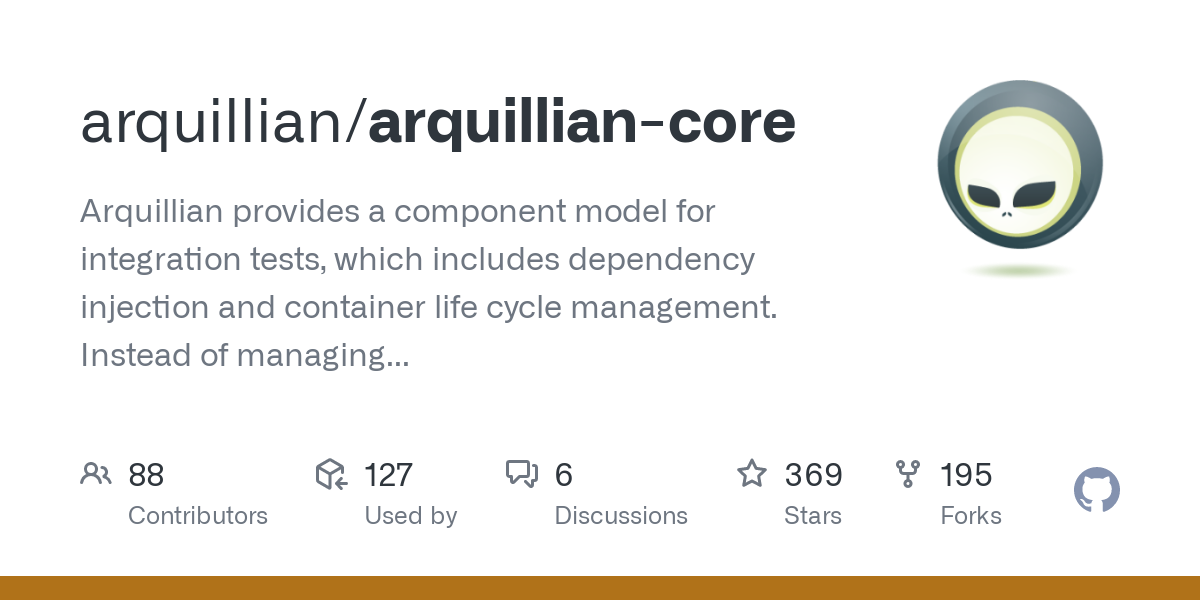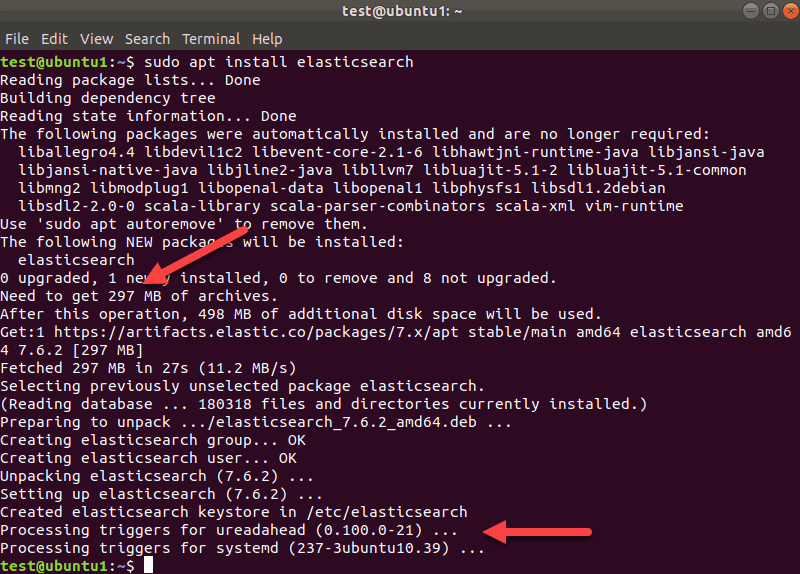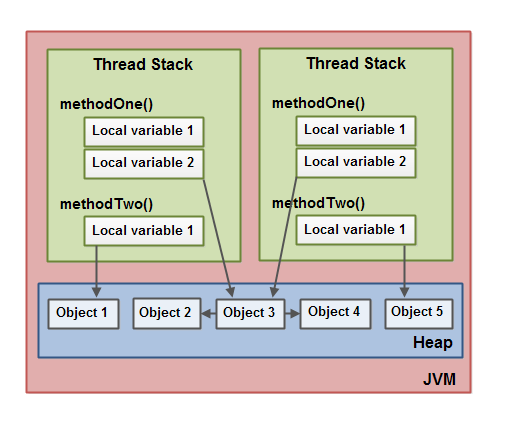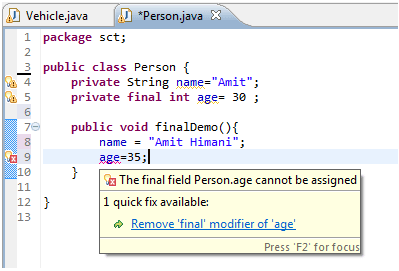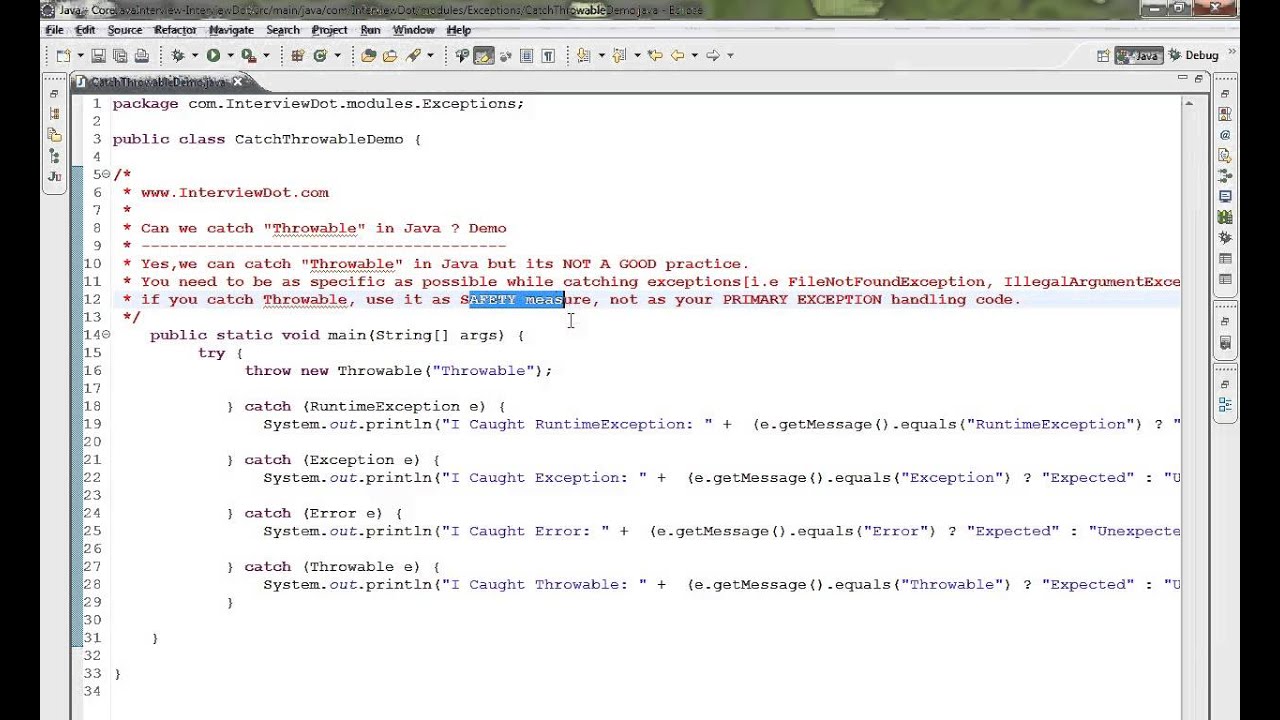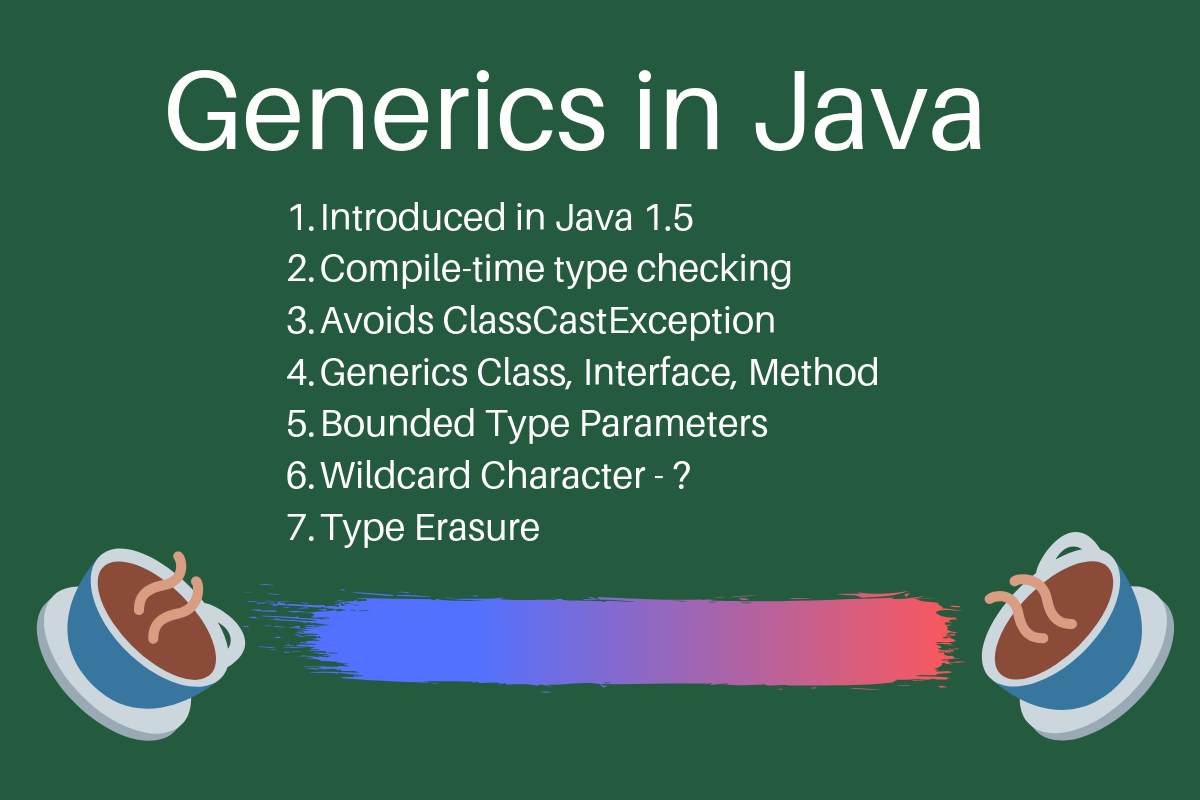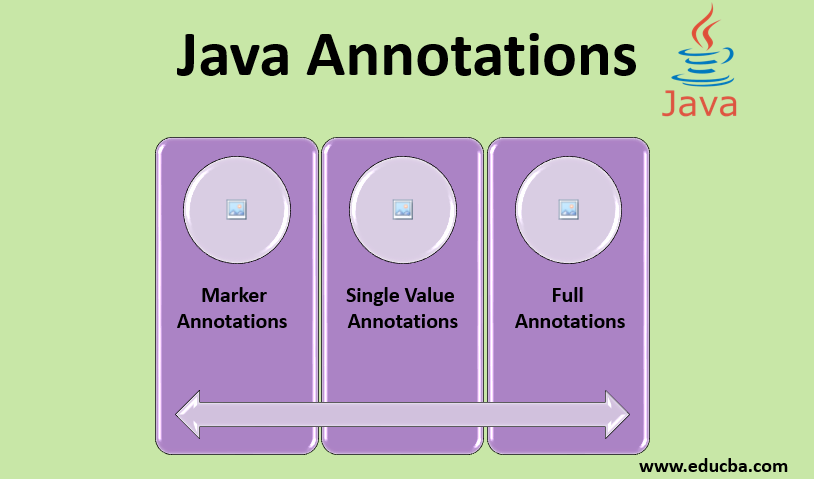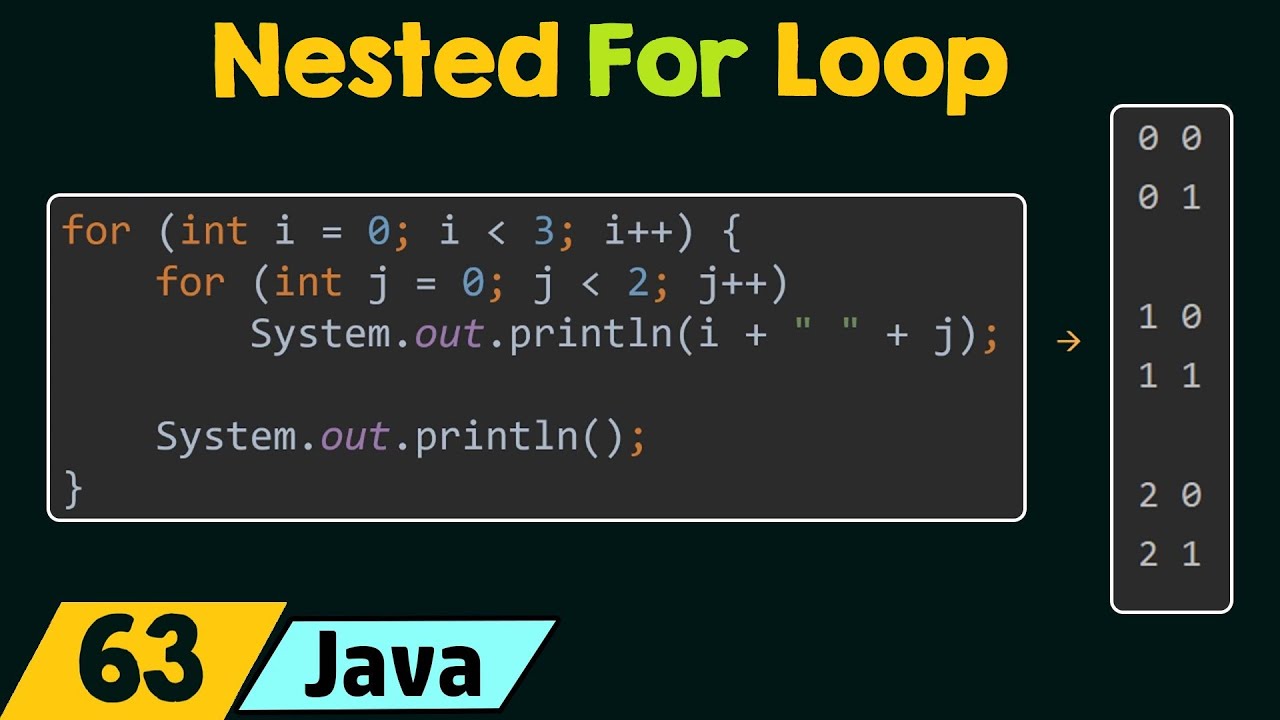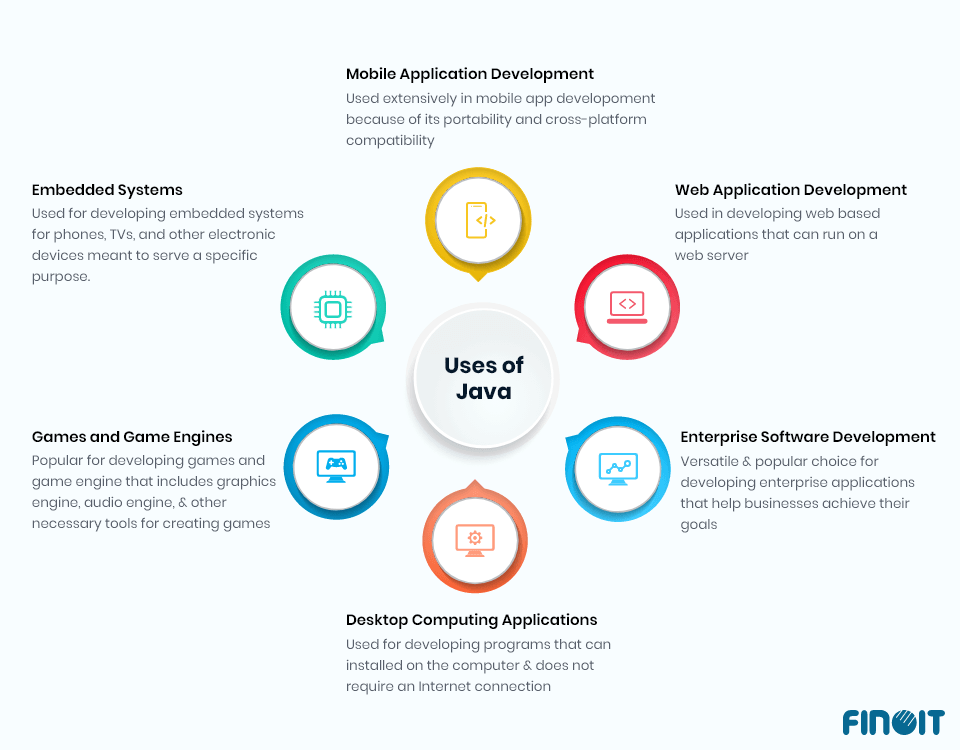How many ways to create a singleton class in Java?
How many ways to create a singleton class in Java?
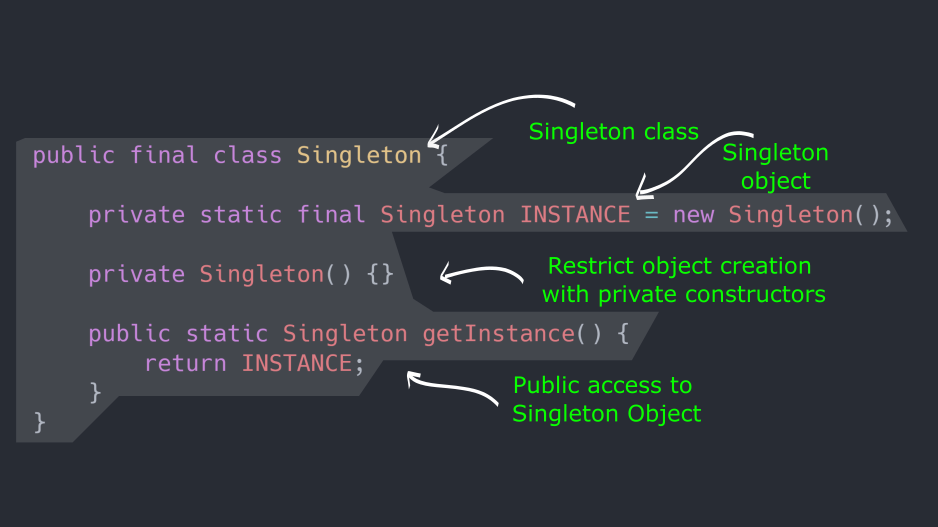
I'm happy to help you with that question!

There are several ways to create a singleton class in Java, which ensures that only one instance of the class is created throughout the application's lifetime. Here are at least three approaches:
1. The classic Eager Initialization approach
This method involves creating an instance of the singleton class as soon as it's loaded by the JVM (Java Virtual Machine). This happens when the getInstance() method is called for the first time.
public class Singleton {
private static Singleton instance;
private static synchronized Singleton getInstance() {
if (instance == null) {
instance = new Singleton();
}
return instance;
}
}
The synchronization ensures that only one thread can create an instance of the singleton at a time. This approach is known as eager initialization because it creates the instance immediately when the class is loaded.
2. The Lazy Initialization approach
This method, also known as late initialization or lazy loading, defers the creation of the singleton instance until it's actually needed (i.e., when getInstance() is called).
public class Singleton {
private static Singleton instance;
public static Singleton getInstance() {
if (instance == null) {
instance = new Singleton();
}
return instance;
}
}
This approach is more efficient than the eager initialization method because it doesn't create an instance unnecessarily, but it can lead to a race condition where multiple threads might create their own instances.
3. The Bill Pugh Singleton (or Double-Checked Locking) approach
This method combines both the benefits of lazy and eager initialization. It uses a double-checked locking mechanism to ensure that only one thread creates an instance.
public class Singleton {
private static class SingletonHelper {
private final static Singleton INSTANCE = new Singleton();
}
public static Singleton getInstance() {
return SingletonHelper.INSTANCE;
}
}
This approach ensures that the singleton is created only once, and it's thread-safe. However, some developers consider this approach too complex for such a simple problem.
4. The Enum-based Singleton (Java 5+)
As of Java 5 (also known as Java SE 5), you can use an enum to create a singleton class:
public enum Singleton {
INSTANCE;
}
This approach is guaranteed to be thread-safe and ensures that only one instance of the singleton is created. It's also relatively easy to understand and implement.
In conclusion, there are various ways to create a singleton class in Java, each with its own strengths and weaknesses. The choice of approach depends on your specific requirements, such as performance, concurrency, or simplicity.
Java singleton interface tutorial
Here is a comprehensive guide to creating a Singleton interface using Java:
What is a Singleton?
A Singleton pattern in software design is used to ensure that only one instance of a class exists in the system at any given time. This can be useful when you need a global access point to a resource or an object that should have a single, unique representation.
Why use an Interface for a Singleton?
In Java, interfaces are used to define a contract that must be implemented by any class that implements it. By defining a Singleton interface, we can ensure that any class implementing this interface will adhere to the Singleton pattern and only allow one instance of itself to exist at a time.
How to Create a Singleton Interface in Java?
Here's an example of how you can create a Singleton interface using Java:
public interface ISingleton {
// Method declarations for your singleton methods here
static ISingleton getInstance() {
return ISingletonHelper.INSTANCE;
}
void someMethod();
}
public class ISingletonHelper implements ISingleton {
private static final ISingleton INSTANCE = new ISingletonHelper();
public ISingletonHelper() {}
@Override
public void someMethod() {
System.out.println("Some method executed!");
}
}
In the above example, ISingleton is an interface that defines the contract for your Singleton. The getInstance() method in this interface is responsible for returning the single instance of the class implementing this interface.
The ISingletonHelper class implements the ISingleton interface and provides the implementation for the someMethod(). Note that we have made the constructor private to prevent direct instantiation of the ISingletonHelper class from outside. Instead, we use a static instance holder (INSTANCE) to ensure that only one instance of this class exists at any given time.
Benefits of Using an Interface for a Singleton:
Encapsulation: By implementing the Singleton interface, you are encapsulating the logic related to creating and managing the single instance of your class. Polymorphism: The Singleton interface allows for polymorphic behavior, as multiple classes can implement this interface, each with their own unique implementation. Type Safety: With an interface-based Singleton, you get type safety, meaning that you know exactly what methods are available and how to use them.Example Usage:
public class Main {
public static void main(String[] args) {
ISingleton singleton = ISingleton.getInstance();
singleton.someMethod(); // Outputs: Some method executed!
}
}
In this example, we demonstrate the usage of the Singleton interface. We first retrieve an instance of the ISingleton using the getInstance() method and then call its someMethod(). Since there is only one instance of the class implementing this interface, any subsequent calls to getInstance() will return the same instance.
In conclusion, creating a Singleton interface in Java allows you to ensure that your classes adhere to the Singleton pattern, providing a global access point to a resource or object. By defining an interface for your Singleton, you can achieve encapsulation, polymorphism, and type safety, making it easier to manage your application's logic.
